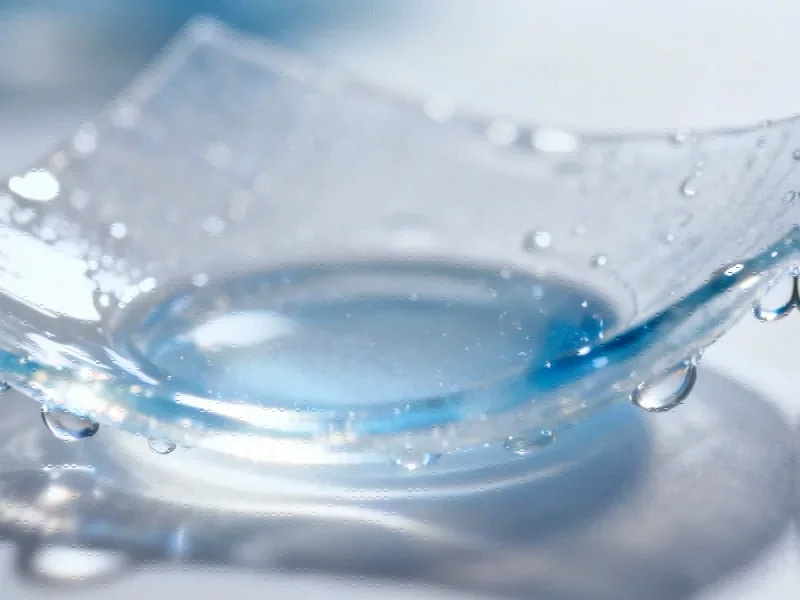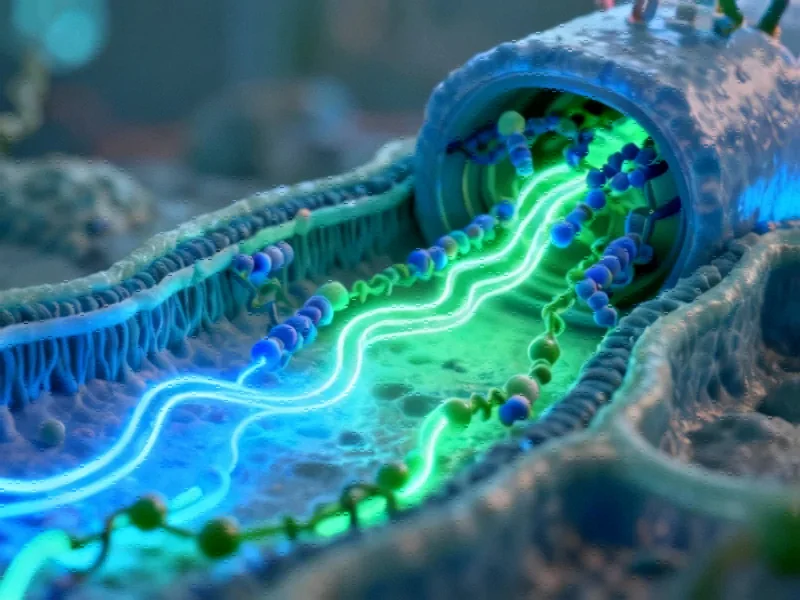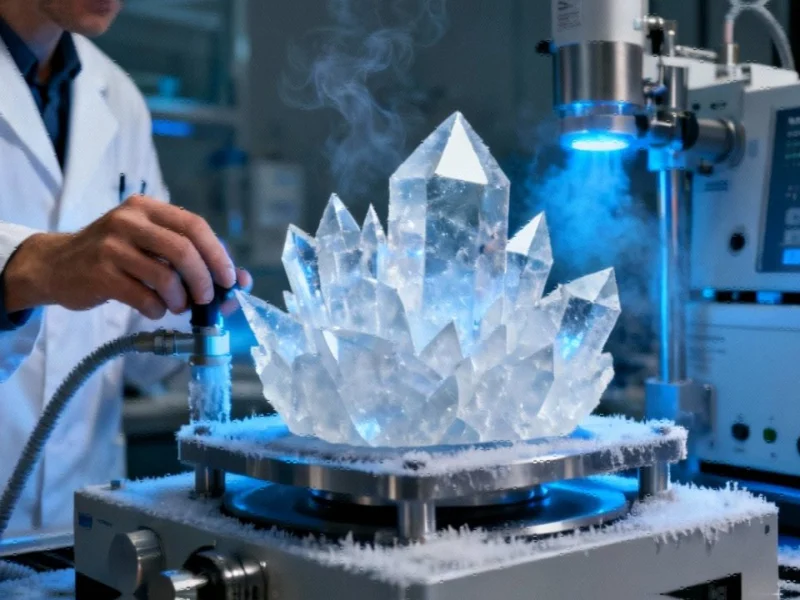Next-Generation Hydrogel Technology Defies Conventional Limitations
Scientists from an international consortium including Guangdong Technion-Israel Institute of Technology, Technion-Israel Institute of Technology, Shantou University Medical College, and the University of Tokyo have engineered a groundbreaking hydrogel material that maintains its integrity without drying out, representing a significant leap forward in biomedical and wearable technology. This innovation addresses one of the most persistent challenges in hydrogel applications: maintaining hydration and functionality over extended periods.
The research team developed their advanced material through a sophisticated dip-coating process, immersing polyurethane nanomeshes into a gelatin hydrogel solution that naturally gelates at physiological temperatures. The resulting composite films achieve an exceptional balance of thinness and mechanical durability, withstanding up to 238% strain while maintaining structural integrity. This combination of properties makes the material particularly suitable for long-term skin contact applications where comfort and reliability are paramount.
Advanced Moisture Retention and Environmental Resilience
What truly distinguishes this hydrogel from previous iterations is its remarkable ability to resist dehydration. Through the strategic incorporation of a water-glycerol binary solvent system and lithium chloride, the material demonstrated minimal water loss of only 2% after nearly two weeks of testing. This moisture retention capability represents a dramatic improvement over conventional hydrogels, which typically dry out within hours or days.
The inclusion of these components also conferred enhanced anti-freezing properties, expanding the potential operational range of devices incorporating this technology. This environmental resilience opens up possibilities for use in extreme conditions where traditional hydrogels would fail, addressing broader industry developments in durable materials for challenging environments.
Transformative Applications in Continuous Health Monitoring
The research team validated their hydrogel’s practical utility through extended electrocardiogram (ECG) monitoring, demonstrating uninterrupted cardiac tracking over eight consecutive days. This represents a substantial improvement over current wearable monitoring systems, which typically require frequent repositioning or replacement due to material degradation.
This breakthrough aligns with broader recent technology trends toward more reliable and user-friendly health monitoring solutions. The extended operational lifetime of these hydrogel electrodes could revolutionize how healthcare providers collect continuous physiological data, potentially enabling earlier detection of cardiac abnormalities and more effective management of chronic conditions.
Broader Implications and Future Directions
The implications of this research extend beyond medical monitoring to potentially influence multiple technology sectors. The material’s unique properties could find applications in flexible electronics, soft robotics, and advanced sensor systems. As researchers continue to explore the boundaries of this technology, we’re likely to see further innovations in how hydrogels are integrated into everyday devices.
This development occurs alongside other significant related innovations in materials science and sustainable technology. The parallel progress in these fields suggests a growing convergence between advanced materials research and practical applications across multiple industries.
The geopolitical context of technological development also remains relevant, as evidenced by market trends in international technology cooperation and competition. Similarly, ongoing industry developments highlight the complex interplay between technological advancement and global political considerations.
Looking forward, the research team’s breakthrough hydrogel technology represents a significant milestone in materials science with far-reaching implications for healthcare, wearable technology, and beyond. As this technology matures and moves toward commercialization, it could fundamentally transform how we interact with electronic devices and monitor our health, making continuous, unobtrusive physiological monitoring a practical reality for millions of people worldwide.
This article aggregates information from publicly available sources. All trademarks and copyrights belong to their respective owners.
Note: Featured image is for illustrative purposes only and does not represent any specific product, service, or entity mentioned in this article.



